The Gift of South Dakota
Subscriptions to South Dakota Magazine make great gifts!
Subscribe today — 1 year (6 issues) is just $29!
The Stars Above
Sep 19, 2011
King David of the ancient Hebrews wrote that the heavens declare God’s glory and is proof the Creator exists (Psalm 19). Just over a century ago, Vincent Van Gogh painted his magnum opus “The Starry Night” which is now one of the most recognized images in the world. I can easily sing along to Skeets McDonald’s “Don’t Let the Stars Get in Your Eyes” from hearing it so often in our 1988 Oldsmobile car that featured a new-fangled car stereo cassette player. (Great Country Hits of the 50’s, The Statler Brothers and The Mamas and the Papas are all burned in my memory from those days. We only had a few cassettes at the time.)
All these thoughts and memories run through my mind when I’m out trying to capture photos of the stars. Just over a year ago, I happened to view some amazing timelapse videos of night scenes in Arizona and instantly made a decision that I needed to learn how to do that. Before I could start, I needed to learn how to take photos of the night sky.
The essentials include a tripod, flashlight, remote cable and a camera that allows you to set long exposures. Vampire sleeping habits are helpful too. My first attempts took place at Palisades State Park near Garretson, SD in mid-November of last year. One of my favorite images from that night is an example of what I call “flashlight graffiti.” I set a long exposure on my camera and proceeded to paint the rocks with light from my flashlight. I did my initials in one image and one of my favorite bands, U2, in another. I figure I now have something to send Bono and the boys if they need some unique artwork for their next album.
I went out to the Palisades again on a crisp, clear night in February. I brought two cameras and spent roughly two hours scrambling over the rocks in the dark getting scenes of the stars passing overhead. Once I got over scaring myself with horror movie scenes that kept popping into my head, the night turned into a magical time of just being in awe of our vast universe and God’s creation.
This spring and summer I have been trying to capture the Milky Way in the night sky. To do this you need to be well away from the light pollution of larger cities (I would suggest at least 20 miles) on a moonless night. It is also helpful to have a fast lens (f2.8 or less) and a sturdy tripod. I typically shoot around 30 second exposures at 1600 or 3200 ISO. It takes time and patience, but the rewards of capturing the starry hosts and being humbled by them are worth every minute of lost sleep. Just don’t watch any “Friday the 13th” movies before you go.
Christian Begeman grew up in Isabel and now lives in Sioux Falls. When he's not working at Midcontinent Communications he is often on the road photographing our prettiest spots around the state. Follow Begeman on his blog.


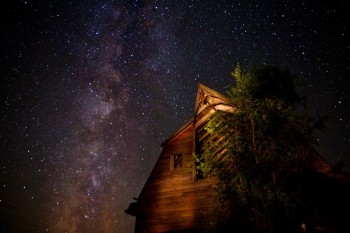
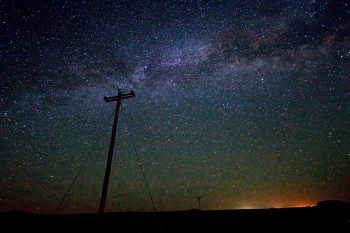
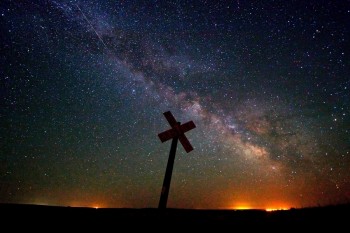
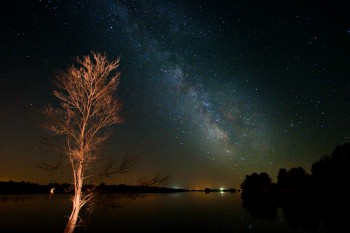
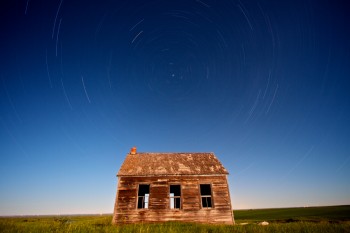
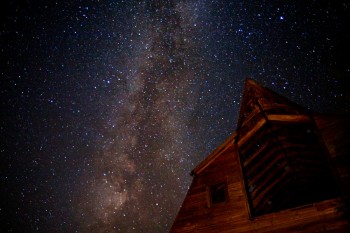
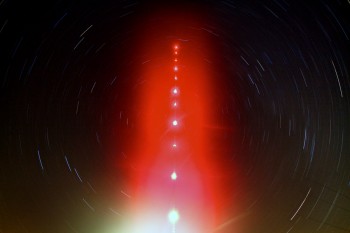
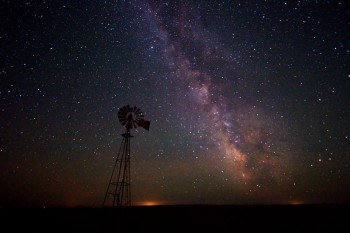
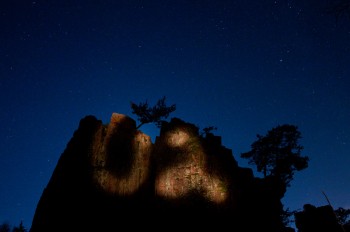
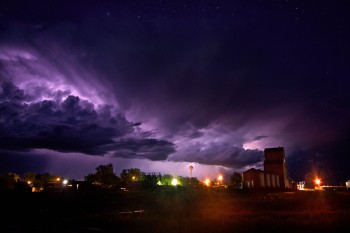
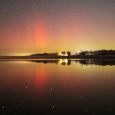
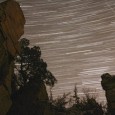
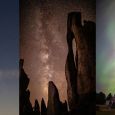
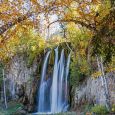




Comments